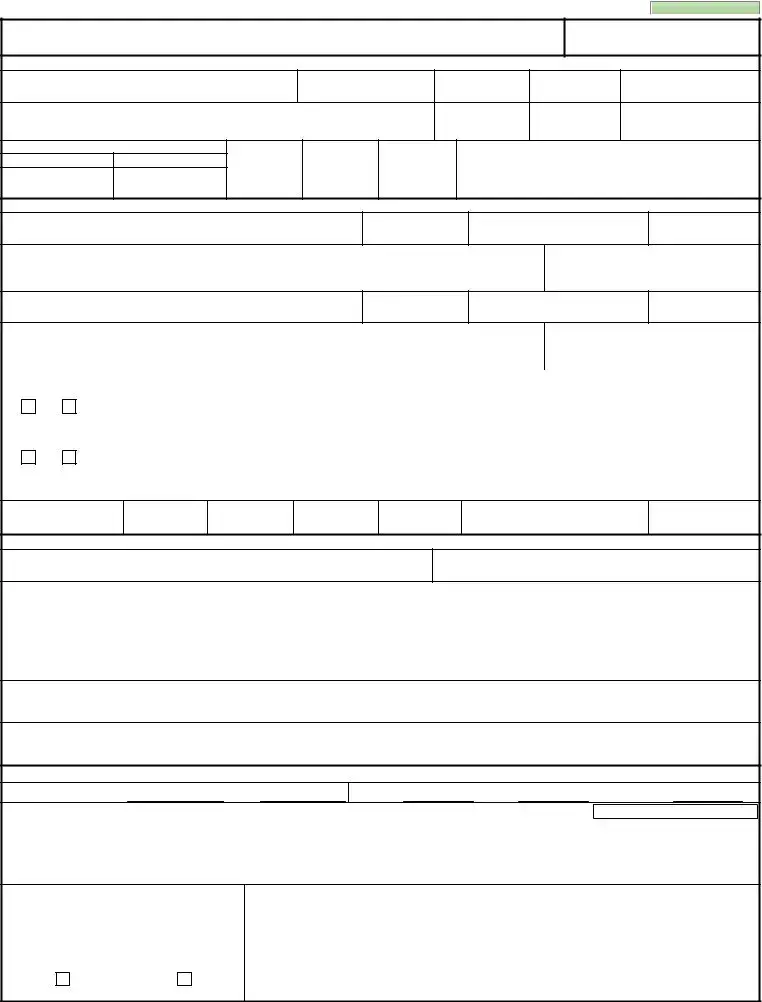Instructions on Utilizing Da 2166 9 1
Once the DA 2166 9 1 form is fully completed, it will be reviewed for submission. This document is crucial for the evaluation process, and it must be filled out accurately to ensure that all information about the respondent's service, performance, and potential is adequately represented.
- Part I - Administrative Data:
- Enter your full name (Last, First, Middle Initial).
- Provide your Social Security Number (SSN) or Department of Defense (DOD) ID Number.
- Indicate your rank.
- Fill in your date of rank.
- List your Primary Military Occupational Specialty Code (PMOSC).
- Detail your unit, organization, station, and ZIP code or APO, along with the major command.
- State your status code.
- Provide your Unit Identification Code (UIC).
- Select the reason for submission.
- Specify the coverage period from start to finish.
- Indicate the number of rated months.
- Enter any non-rated codes.
- List the number of enclosures.
- Include your email address (must be a government (.gov) or military (.mil) address).
- Part II - Authentication:
- Input the name of the rater (Last, First, Middle Initial).
- Provide the SSN or DOD ID Number of the rater.
- Obtain the rater's signature and date.
- Fill in the rater's rank, PMOSC/branch, and organization duty assignment.
- Include the rater's email address.
- Enter the name of the senior rater.
- Provide the senior rater's SSN or DOD ID Number.
- Have the senior rater sign and date.
- Fill in the senior rater's rank, PMOSC/branch, and organization duty assignment.
- Provide the senior rater's email address.
- For supplementary review, fill in the name of the reviewer and indicate if a review is required.
- Get the supplementary reviewer’s signature and date along with their email address.
- Part III - Duty Description (Rater):
- State the principal duty title.
- Provide the duty MOSC.
- Describe daily duties and scope, including relevant people, equipment, facilities, and budget.
- List areas of special emphasis.
- Indicate appointed duties.
- Part IV - Performance Evaluation, Professionalism, Attributes, and Competencies (Rater):
- Document the APFT pass/fail/profile status and date.
- Input Height and Weight and indicate if they are within standard.
- Rate the NCO's character, presence, intellect, leadership, development, and achievement, including specific comments for each area.
- Ensure the rater overall performance notes are filled out accordingly.
- Part V - Senior Rater Overall Potential:
- Select the box representing the rated NCO’s potential compared to others in the same grade.
- Provide comments regarding the rated NCO's potential.
- List two successive assignments and one broadening assignment.

